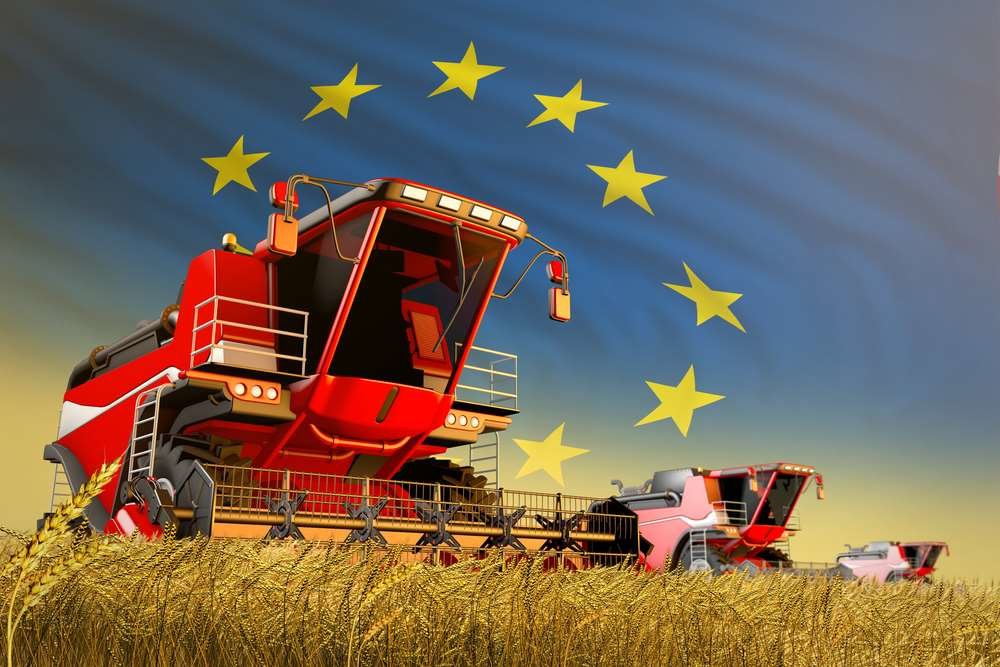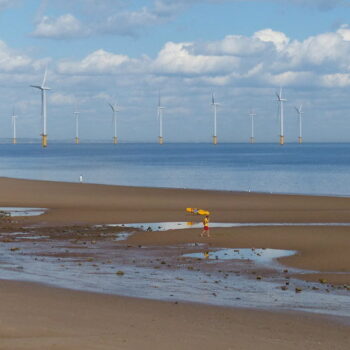School strikers under the banner of ‘Fridays for Future’ led the EU to adopt its most ambitious green agenda yet with the European Green Deal. Delivering on this ambition was never going to be easy but few areas have turned out to be as difficult as farming and land use with the EU’s Common Agricultural Policy (CAP) at the centre of this. Neither the recent push by school strikers for the withdrawal of CAP proposals, nor studies showing the system’s inadequacies, not the advocacy by a broad pro-reform coalition nor the appeal from the water industry, could stop MEP’s and farm ministers from stripping what little environmental ambition it ever had from the previous Commission’s proposal.
The reach of farm lobby groups could even be felt well beyond the CAP, with a proposal for a taxonomy of what classifies as a green investment weakened in relation to farming and bio-energy among others. With farmers among one of the most vulnerable groups when it comes to climate impacts, undermining the EU Green Deal, which is trying to reduce impacts, makes the farming lobby look like it is selling its mule to buy a plough. Already last summer we saw two-thirds of French departments impose water restrictions. Germany is preparing a water strategy to prioritise use during droughts in anticipation of more and worse droughts to come.
Reforming a system of farm subsidies and entitlements is hard under most conditions and in most places. EU efforts to do so in the past have had very limited success for a number of reasons.
First of all, EU farming is already going through a process of structural change driven by market liberalisation, technology and production support from the earlier days of the CAP. Although some farmers have done well from this, the steep decline in the number of farms this has resulted in has fed into a sense of decline among farmers and rural communities. Together with the importance of farming to cultural identities, and notions of food sovereignty, this has made the politics of reform particularly difficult and prone to a culture war leaving most politicians without ties to the sector weary of engaging.
Second, a broad political consensus on the central role of the European family farm model, despite systemic economic vulnerabilities, has meant that other socio-economic models (whether community or high tech urban models) have not become the focus of policy interventions, let alone given the chance to develop political clout.
Third, there are the usual conflicts of interest that arise around decades-old policies serving a politically influential clientele, with many farm ministers or MEPs in relevant committees having close personal ties to the industry.
Finally, the versatility of romanticised farming ideals in the agriculture debate obscures the reality of most of today’s farming practices and their impact on the natural world and our climate.
As the debate on the next CAP enters its final phase one thing is becoming increasingly clear. A continuation of the status quo is becoming untenable for two simple reasons: First, transforming the way we use our land has become critical to reaching climate safety, because of the emissions the existing system generates, and the potential that ecosystems have to take carbon back out of the atmosphere. It is also essential to strengthen resilience in the face of already inevitable climate impacts.
Second, the sector is facing a multitude of pressing challenges that will require a response. Apart from the impacts of droughts made worse by climate change, these include technological developments transforming protein production. Lab-grown meat for example is on a steep cost reduction curve and pioneers in the sector expect the use of animals for food to be replaced by 2035. Even more pressing is the systemic risk that intensive livestock poses in developing and spreading zoonotic diseases such as COVID-19. This has already led Denmark and Netherlands to adopt drastic measures such as culling and permanently closing all mink farms.
It is unlikely that the new CAP, as it will be agreed upon in the coming months, will rise to these challenges. That doesn’t mean however the EU has run out of options. And it can learn from transformations in other sectors such as energy. The prospect of a just transition for coal workers, for example, has helped to take coal retirements out of the taboo sphere, although it also led to a risk of retirements happening at a slow pace, combined with generous and harmful subsidies. It also tended to ignore the drawbacks of the status quo and the benefits that change can bring.
A minimal amount of alignment of the new CAP towards the European Green Deal may still be on the table. To mitigate the risk of the new CAP becoming a liability to EU credibility as a climate leader, EU policymakers will need to focus on political priorities that extend beyond the CAP:
- The fact that farming is transforming one way or another requires a rethink of the role of land use and land managers in a climate safe world. This includes new roles such as managing long-term, secure carbon sinks; shifting mass production of cheap animal protein from fields to labs; scaling nature inclusive methods of farming. Crucially, this needs to be understood and managed as a process of cultural change involving people well beyond the circles of EU policymaking.
- Building up a new policy framework in support of these new roles that creates confidence for both existing land managers and, crucially, new entrants. A new legal framework around ecosystem restoration, that not only sets restoration targets but also a governance system covering monitoring and long-term incentive structures, would be an important step.
- Depending on how well aligned the new CAP will be to European Green Deal objectives, a sunset date for the CAP (or those parts that are least aligned, such as direct payments) could be considered as part of a final deal; it would be the first step towards a broader reform of the way EU farm and land use is governed.
- Actively managing the protein transition away from intensive livestock production could be delivered through a combination of labour and social policy instruments, including attractive financial offers to retire and close intensive livestock production facilities.
- The further development of the EU’s sustainable finance taxonomy to address biodiversity and other impacts provides another immediate opportunity to develop a more comprehensive set of standards and benchmarks for sustainable land-use methods, natural carbon sinks and sustainable alternative protein production.
The CAP is often cited as a foundation of EU integration, the implication being that without it the EU will fall apart. To take another precedent from the energy sector, the EU was founded as a community of coal and steel. This didn’t stop it from replacing coal with renewables to everyone’s benefit. Similarly, the eventual replacement of the EU’s CAP with something new and better won’t be the end of the EU. In fact, it will be testimony to its resilience and adaptability.
This article originally appeared in Encompass.
This project has received funding from the LIFE Programme of the European Union.



